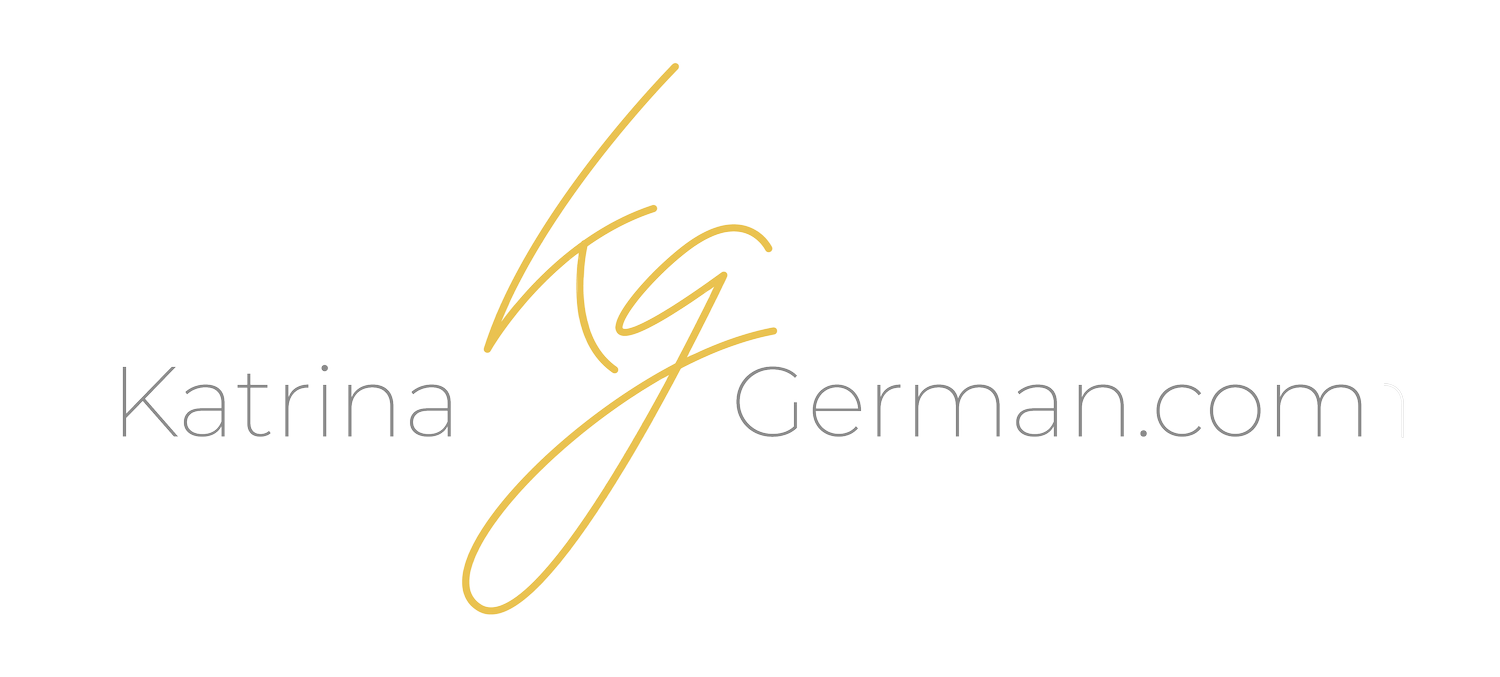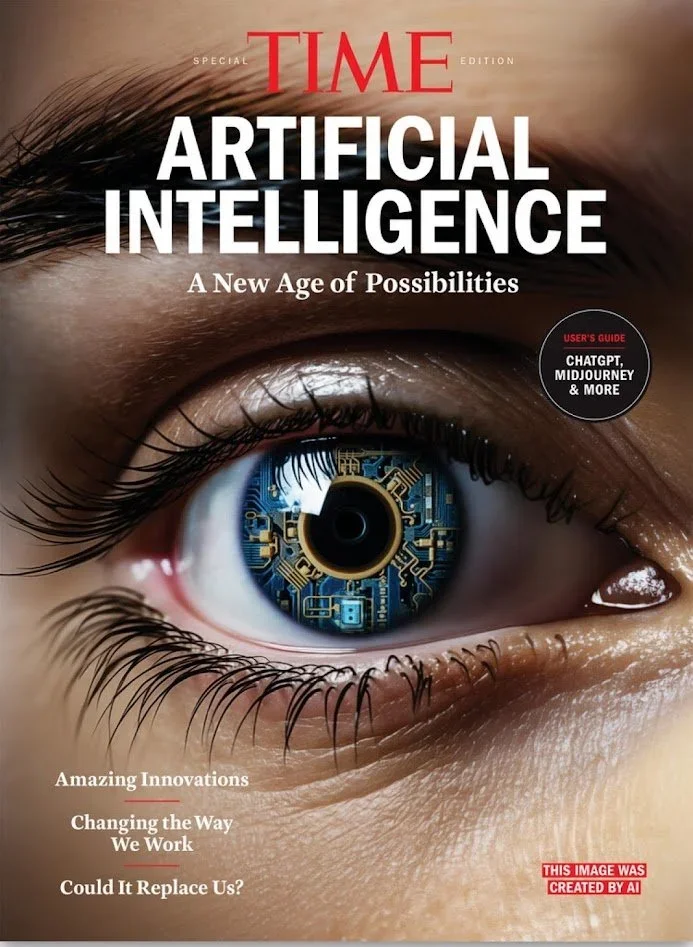AI and Art: Exploring a New Medium
Creating art using AI is one of the most fascinating—and controversial—new frontiers for creators. It raises big questions about originality, copyright, and artistic integrity, while at the same time opening up opportunities for innovation and expression we’ve never seen before.
Before we showcase some of the cool and beautiful examples of AI art from Saskatchewan, let’s take a step back and talk about the issues surrounding this emerging medium.
The Ethics of AI Art
AI systems need to be trained on something in order to create images. That “something” is often vast datasets of existing art, scraped from the internet without artists’ permission. Understandably, many artists worry about their work being used to train AI models without credit, control, or compensation.
Imagine asking an AI tool to create a painting “in the style of Picasso.” In 30 seconds, you’d have an imitation—but what does that mean for Picasso’s artistic vision, reputation, or estate? Does this devalue his work, or should his estate receive royalties for the influence? These are not easy questions, but they are central to the conversation around AI and creativity.
Jeremy Dodge and Katrina German in an AI-Generated “Picasso-style” piece of art.
Like most debates about AI ethics, there are pros and cons. While some see AI as a threat to originality, others see it as a tool that can expand artistic expression. Many artists are experimenting with AI to build or augment their visions—combining traditional creativity with cutting-edge technology.
Which leads us to a fundamental question: is AI-generated art really “art”?
Saskatchewan’s AI Art Scene
Whether or not AI art qualifies as “art” in the traditional sense, one thing is clear: people are creating it, buying it, and showcasing it. In fact, the first piece of AI-generated art ever sold in Saskatchewan went for $65 less than a year ago. It might not rival the global record (some AI pieces have sold for more than $400,000 USD), but it marked an important first step for our local creative economy.
Across the world, AI art exhibits and competitions are popping up, and Saskatchewan is part of that wave.
Briana Brownell and Time Magazine
One standout story is from Briana Brownell, a Saskatoon-based developer and innovator. In 2024, Time Magazine reached out to her—not just to write two articles on AI, but also to design a cover of Time Magazine using AI tools.
Time Magazine Cover Designed By Briana Brownell using AI
That cover story, blending global relevance with local talent, is a testament to how Saskatchewan is contributing to the broader conversation about AI and creativity.
What’s Next?
AI art may not be eligible for copyright protection (at least not yet), but it’s undeniably shaping the creative landscape. Whether seen as a threat or a tool, it’s sparking important conversations about ownership, authenticity, and the future of artistic expression.
Here in Saskatchewan, we’re not just following these trends—we’re helping to create them. From experimental projects to international recognition, local innovators are proving that even in a small prairie province, big contributions to global debates in art and AI are possible.


